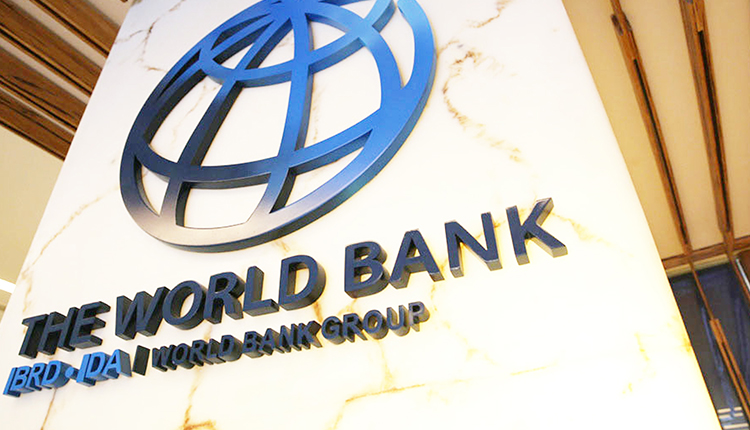Egypt’s primary surplus during the Coronavirus pandemic helped cushion the blow to its public debt, despite higher debt levels that affected much of the MENA region, according to the World Bank’s April 2021 MENA economic update (pdf).
The primary surplus — a measure that strips out debt service payments — in FY2019-2020 reduced Egypt’s need for short-term borrowing, unlike economies including Morocco, Tunisia, Bahrain, and Oman, whose increased public spending on health measures left their budgets deeper in the red.
The Coronavirus pandemic’s impact on the state debt levels was only partially reflected in the report however, as Egypt’s fiscal year runs from July to June, it noted.
Egypt is currently running a small primary or initial budget surplus. The surplus is expected to close the ongoing fiscal year at 0.6 percent of GDP, but the draft budget is penciling in a rebound to 1.5 percent in FY2021-2022, returning to levels frequently achieved before the pandemic hit.
Egypt’s real GDP growth rate of 3.6 percent in FY2019-2020 was the highest in the region, and well above the MENA average of -3.8 percent, according to data from the World Bank Macro and Poverty Outlooks cited in the report.
Iran and Djibouti were the only two other countries to join Egypt in witnessing positive growth.
